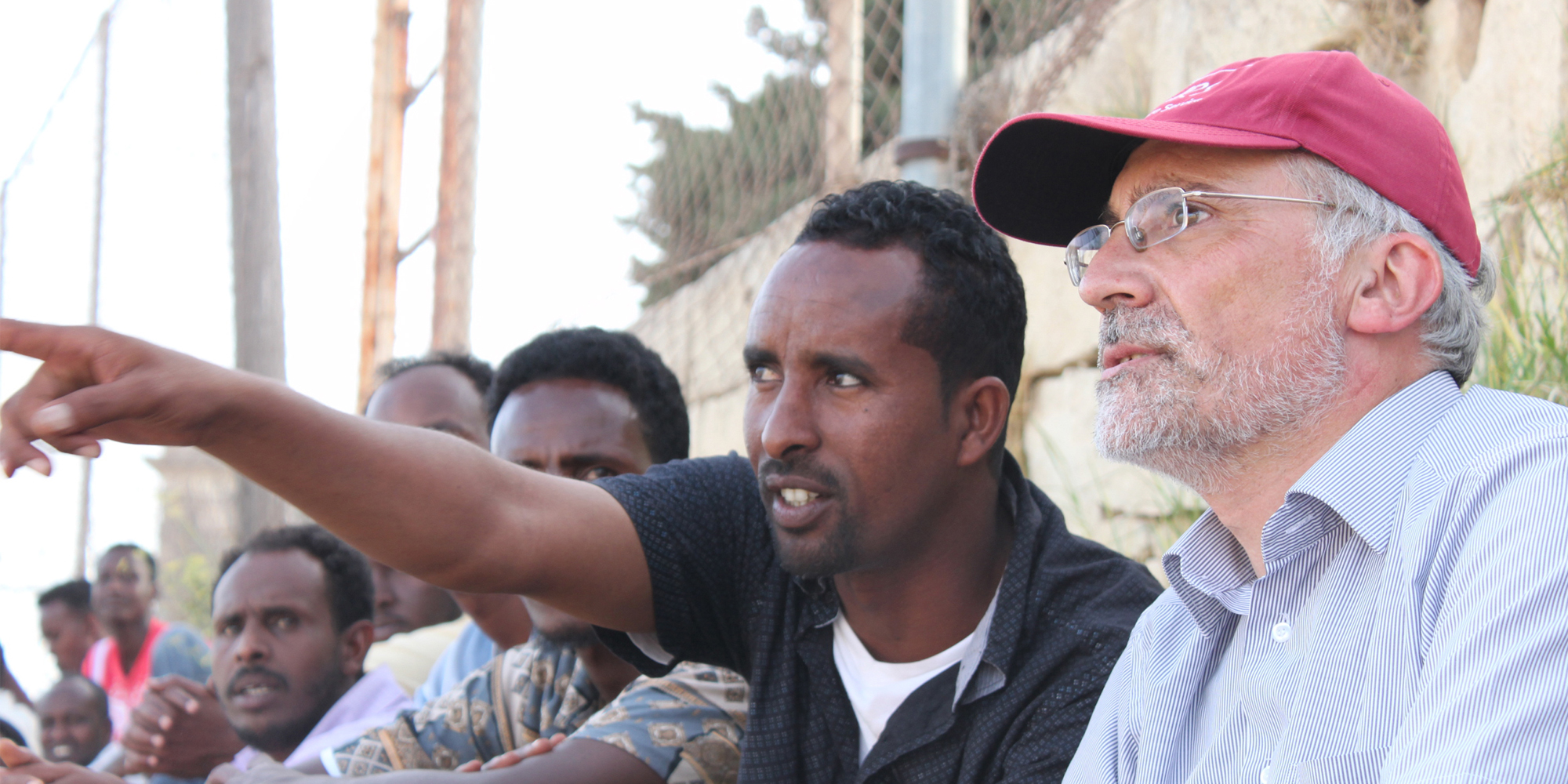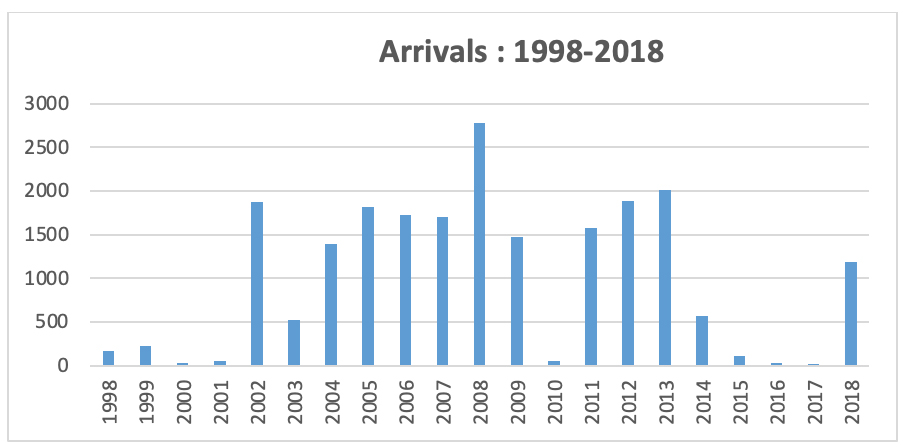Our History

JRS in Malta – Context and background
JRS has been active in Malta since 1993. In the previous months, several hundred asylum seekers had arrived in Malta mainly from Iraq and the former Yugoslavia. With no national structures in place, the tiny office set out to address some of the pressing needs with the help of friends and volunteers. Initially, JRS Malta predominantly worked with asylum seekers and beneficiaries of international protection in the community, providing legal assistance, pastoral care, psycho-social and material support.
During this time we built our capacity to provide individualised legal and social work services to asylum seekers and beneficiaries of protection and today we are the organisation offering the broadest range of professional services to refugees and asylum seekers in Malta. We are considered a credible voice on migration-related issues at national level, because of our presence on the ground, our consistent advocacy for improved treatment of refugees and asylum seekers and our work to raise awareness of the reality of refugees in Malta.
From 2002, Malta experienced an increase in the number of undocumented migrants arriving by boat through the Central Mediterranean Route (CMR) – the irregular migration sea-route from Libya to Italy/Malta. Between 2002 and 2018, a total of 20,700 migrants arrived in Malta through this route. UNHCR estimates that around 30% remain in Malta. At the time Malta implemented a policy of long-term mandatory detention of all asylum seekers arriving irregularly. As asylum seekers in detention were – and in fact still are – chronically under-served, JRS decided to focus its efforts and limited resources on providing services to this population. For many years most, if not all, of our services were geared towards meeting the needs of detainees, however over the years, as asylum seekers and migrants in the community reached out to us for support, our focus shifted gradually and we also started developing services for asylum seekers living in the community, alongside our outreach in detention.
Arrivals to Malta through this route dropped significantly between 2014 and 2017, however, in 2018 they increased dramatically once more following the change in government in Italy. In 2019 over 3,406 asylum seekers arrived in Malta.

Most of the arrivals through the CMR are adult men, however annual arrivals always include a number of women and children. Commonly described as ‘mixed flows’, annual arrivals include people who want to reach Europe for very different reasons and who have very diverse and complex needs. Many have experienced war or serious violations of their human rights, not only in their countries of origin, but also in the countries through which they transited.
Between 2014 and 2017, the decrease in the number of boat arrivals was offset by an increase in the number of so-called ‘non-boat arrivals’ applying for asylum, which rose from 347 in 2008, to 824 in 2014 and 1584 in 2015. This category includes asylum seekers arriving through routes other than the irregular migration route from Libya – i.e. by air or sea, whether legally or illegally, as well as those who apply for asylum after they have been living in Malta for some time, whether legally or illegally. Most of these ‘non-boat arrivals’ were from Libya and Syria, with smaller number from other countries.
These developments inevitably changed not only the demographics of the asylum seeking population in Malta, but also the needs on the ground, at least to some extent. One significant change in the demographic composition of the asylum seeking population is the increase in the number of families with children, many with multiple needs. Also, as opposed to earlier arrivals, today many asylum seekers, particularly Libyans and Syrians, come to Malta by choice not as a matter of chance, and their intention is to stay.
